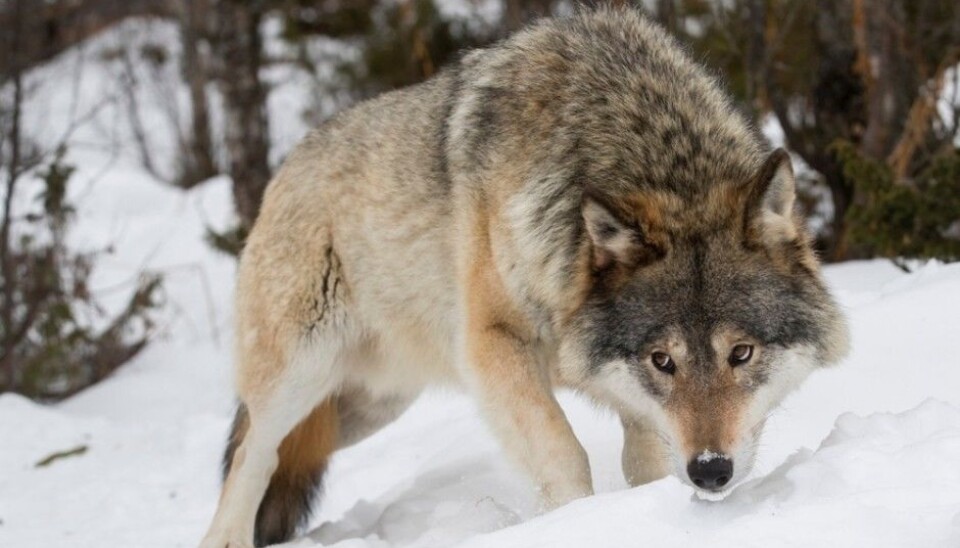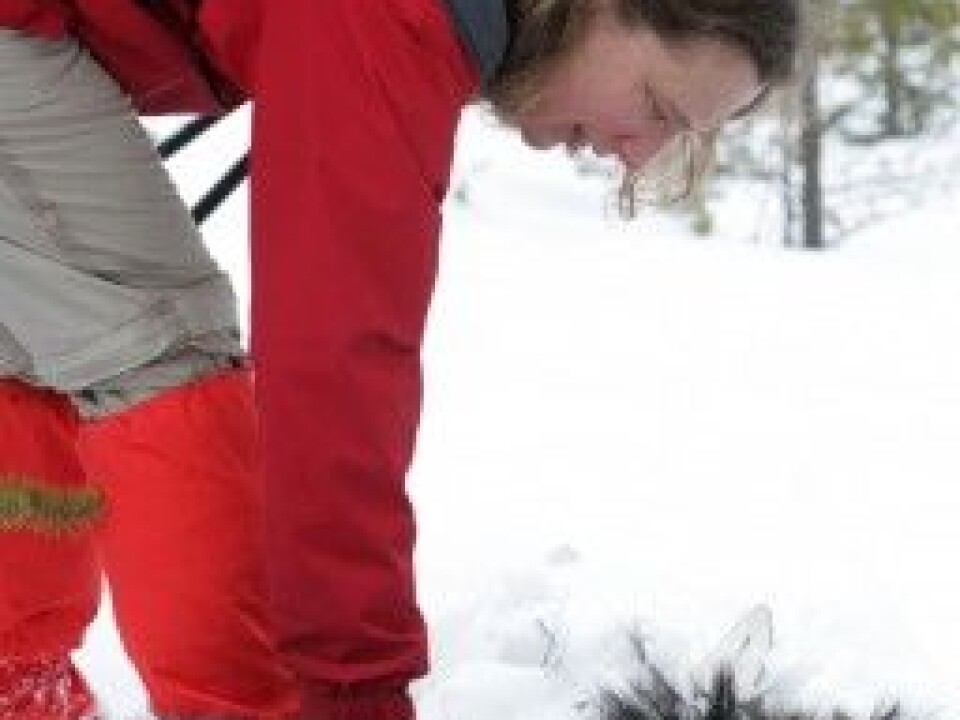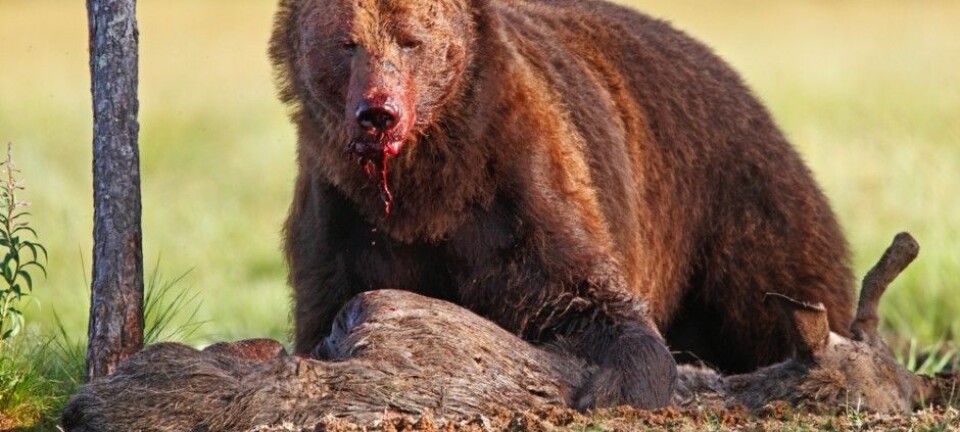
Norwegians and Swedes aim for more equal game management
Moose stocks have declined along the border between Norway and Sweden, causing friction and competing national interests and attitudes. Efforts will now be made to better align game management in both countries.
Moose, wolves, wolverines and other wild animals cross between Norway and Sweden with no awareness of a border.
But there are definite demarcations in the two countries’ game management politics and policies.
Wildlife researchers on either side cooperate in monitoring stocks of these larger mammalian predators. But Swedes and Norwegians with management responsibility dance to different drums.
This could be changed.
Great need for facts

Researchers at the Swedish University of Agricultural Sciences and Norway’s University College Inland (INN) have been given financing for a project aiming to make the border regions more responsive to one another regarding game management.
Nearly 1.2 million euros have been allocated to the “Grensevilt” project via the EU’s regional fund and Interreg Sweden-Norway programme. The total budget of the projects amounts to about twice that.
The project will mainly focus on two things: reasearch and network building.
Project Manager Barbara Zimmermann is one of the researchers who will have use of the funds.
The money can come in very handy. Researchers in both countries need to know much more about how their wildlife management regimes are working. Zimmerman stresses the need for more information about three important species – moose, wolves and wolverines.
“We don’t know enough about how moose migrate through the border lands. We also seek much more information about how a larger wolf stock is impacting the moose population. Moreover, we have little knowledge about the effect of wolverines on moose stocks.”
Moose population drops
Moose meat comprises 95 percent of a wolf diet in the region. A wolf pack can drop around 150 moose per year.
The researchers in the Scandinavian wolf project (SKANDULV) had an overview of how many moose were killed by wolves until 2012. After 2012 the wolf population in Sweden and Norway increased. No data is available for these past few years. But moose populations have plunged in the border areas.
“In Sweden’s Värmland County, just across the border from Norway, the number of moose shot by hunters has dropped by a half in the period 2013–2016. In Hedmark County on the Norwegian side, our reduction has been 27 percent in the same period,” says Zimmermann.
Wolverines back – what does it mean?
The researchers suspect that some of the decline in moose stocks can be attributed to wolverines, which have spread back down from the mountains to the coniferous forests. Moose calves can easily be taken down by wolverines.
“The return of wolverines in Norway’s Finnskogen and in northern parts of Värmland might also relate to denser population of wolves. Wolves take down prey. So do moose hunters in the hunting season. So we are very keen on finding out more about the wolverines’ role in the ecosystem. We know much about it in the mountains but less in the evergreen forests,” says Zimmermann.
Different conflicts
Norway and Sweden have a mutual responsibility for wildlife in their border region. But Norwegian and Swedish policies differ greatly.
This can be problematic, because they both impact one another.
Cultural heritage is also important. Forestry and hunting represent cultural traditions in both countries. The return and rises of predator mammals in recent years have created conflicts which also differ depending on which side of the border one is on.
In Sweden the wilderness lands and forests are largely owned by private persons or enterprises with strong financial interests. Stora Enso is the world’s biggest forestry concern. The corporation owns massive tracts of the forest right across the border from Norway and its primary interest boils down to getting as much timber out of the forest as viably possible. Moose are a problem for the industry because the animals graze on young trees. As a result, Sweden’s timber industry and game management policies are targeted toward keeping moose stocks low.
Whereas the forest property owners want to see fewer moose munching on their trees, Swedish moose hunters are unhappy about the rise in wolves, which leave fewer of the animals for human consumption.
Moose more important for Norway
Forests in Norway tend to be owned by local farmers so there are many more smaller properties involved and the aims of the owners are more heterogeneous.
In general, moose hunting is said to have more value in Sweden because it earns profits every year – contrary to forestry because a tree takes a generation to mature and be large enough for logging.
“In addition, Sweden is tied to the EU, which has large stocks of wolves as a goal. In Norway, the national assembly, or Storting, has the say about how large the wolf stock should be. These factors make management quite disparate,” explains Zimmermann.
In this three-year collaboration between researchers a joint basis for knowledge, networks and communications need to be established. This will hopefully make it easier to manage the wildlife and game with fewer conflicts.
-------------------------------------
Read the Norwegian version of this article at forskning.no.
Translated by: Glenn Ostling
































